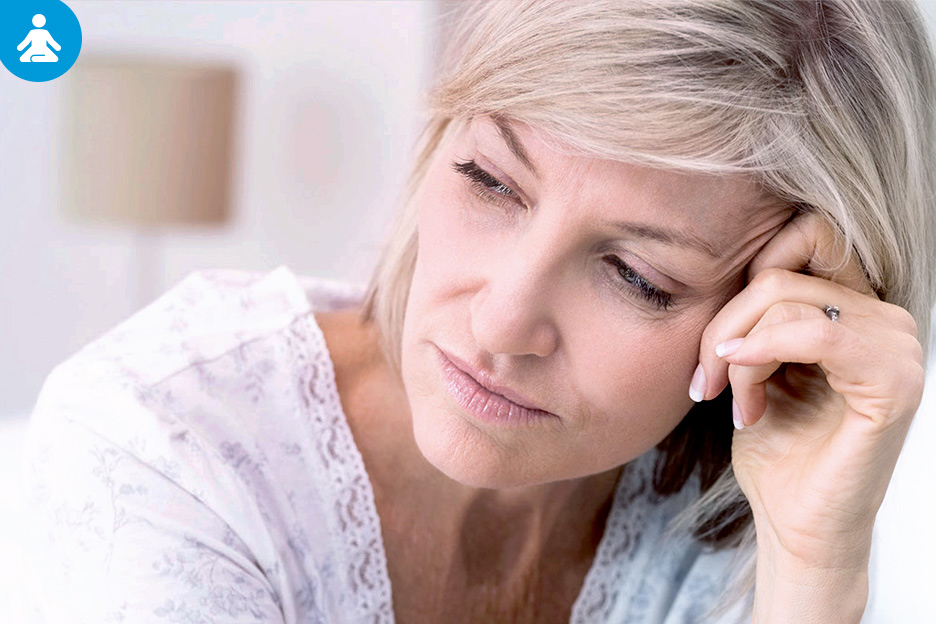If you find yourself urinating frequently, and not being able to hold off until you want, you may have an overactive bladder. Learn more on the subject below.

1
What is an overactive bladder?
Overactive bladder (also called OAB) is a chronic medical condition that results in the loss of control of bladder function (not to be confused with urinary incontinence), in the absence of a urinary tract infection or any other pathology. An overactive bladder contracts involuntarily before filling completely, and results in troublesome symptoms for those affected by this problem—day or night.
2
The symptoms
Below are the most common symptoms of an overactive bladder:
- Sudden urge to urinate;
- Urge to urinate several times a day (more than 8 times over a 24-hour period);
- Urge to urinate at night (two or more times);
- Pressing urge to urinate, accompanied by accidental leakage of urine, also called urge incontinence;
- Urinary leaks (although they consist of a different medical condition, they can also be a symptom of an overactive bladder).
3
The risk factors
Some of the risk factors most frequently associated with an overactive bladder are:
- Urinary infections
- Secondary effects of some medications
- Pregnancy
- Menopause
- Obesity
- Smoking
Other less common risk factors include:
- Spinal cord injury;
- Neurological disorders, such as Parkinson’s disease or multiple sclerosis;
- Stroke;
- Prostate surgery (among men).
4
Treatment through lifestyle changes
Making changes to your lifestyle is the first step in treating an overactive bladder. This method poses few risks and is often an effective means to alleviate symptoms.
Follow these tips:
- It’s recommended that you drink enough to maintain proper hydration. Drink small quantities at a time in order not to overwork the bladder.
- Reduce your liquid intake after 6 p.m. if you have a tendency to urinate at night.
- Limit your intake of certain liquids, such as caffeine products, alcohol and citrus juices.
- Try bladder training by keeping a diary to track your urination and schedule your bathroom visits.
- Incorporate Kegel exercises (pelvic floor muscle strength training) into your daily routine.
5
Medical treatment
Medication used in the treatment of OAB generally includes a class of drugs known as antimuscarinic agents. They stop the bladder muscle from contracting too early, thus allowing the bladder to fill completely and reducing the urgent need to urinate.
Some people find quick relief following the start of medication therapy, while others must wait several weeks before feeling the effects. Patience is the key.
These drugs may have undesirable side effects, such as dry mouth, constipation and dizziness. If you experience any of these side effects, it’s important to discuss them with your pharmacist or doctor; they will help you find a solution.
Did you know?
Approximately 14 to 18% of Canadians have OAB. Men and women are equally at risk.
